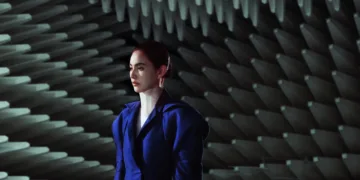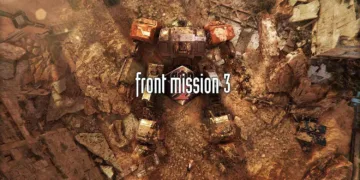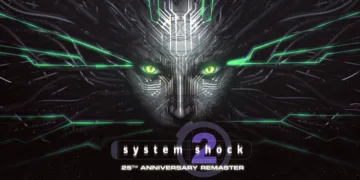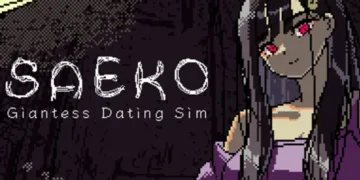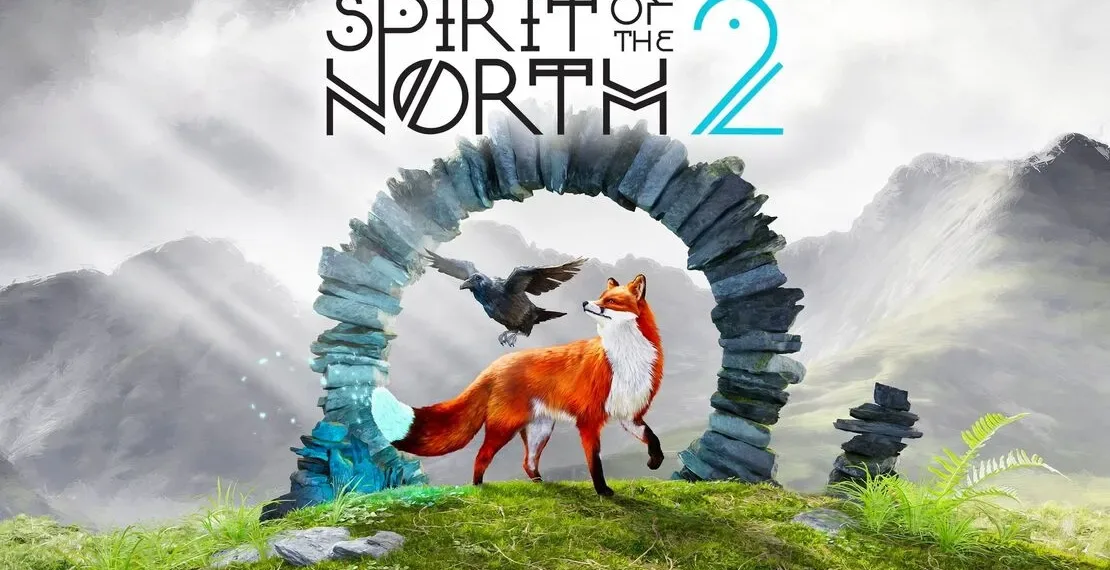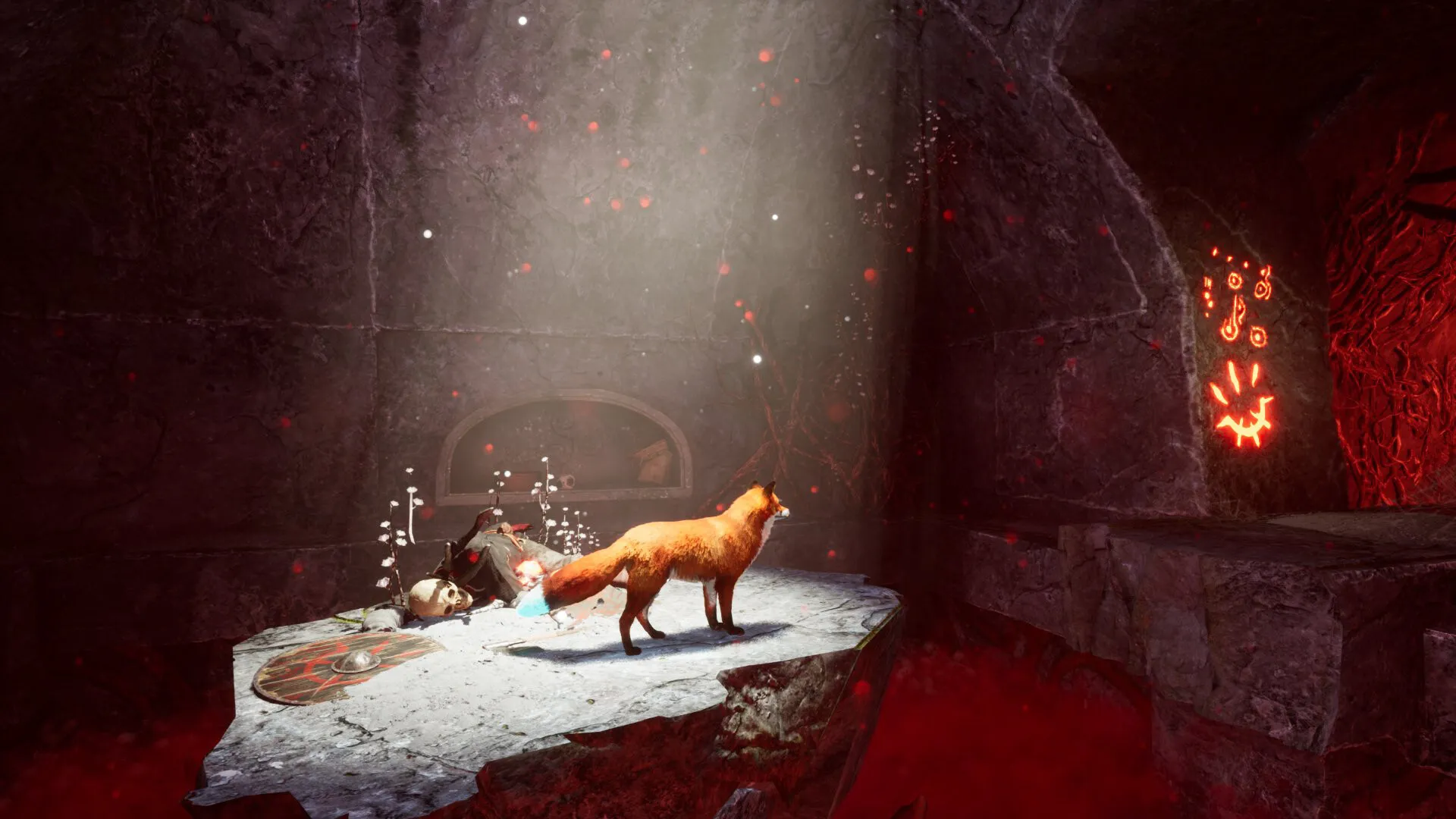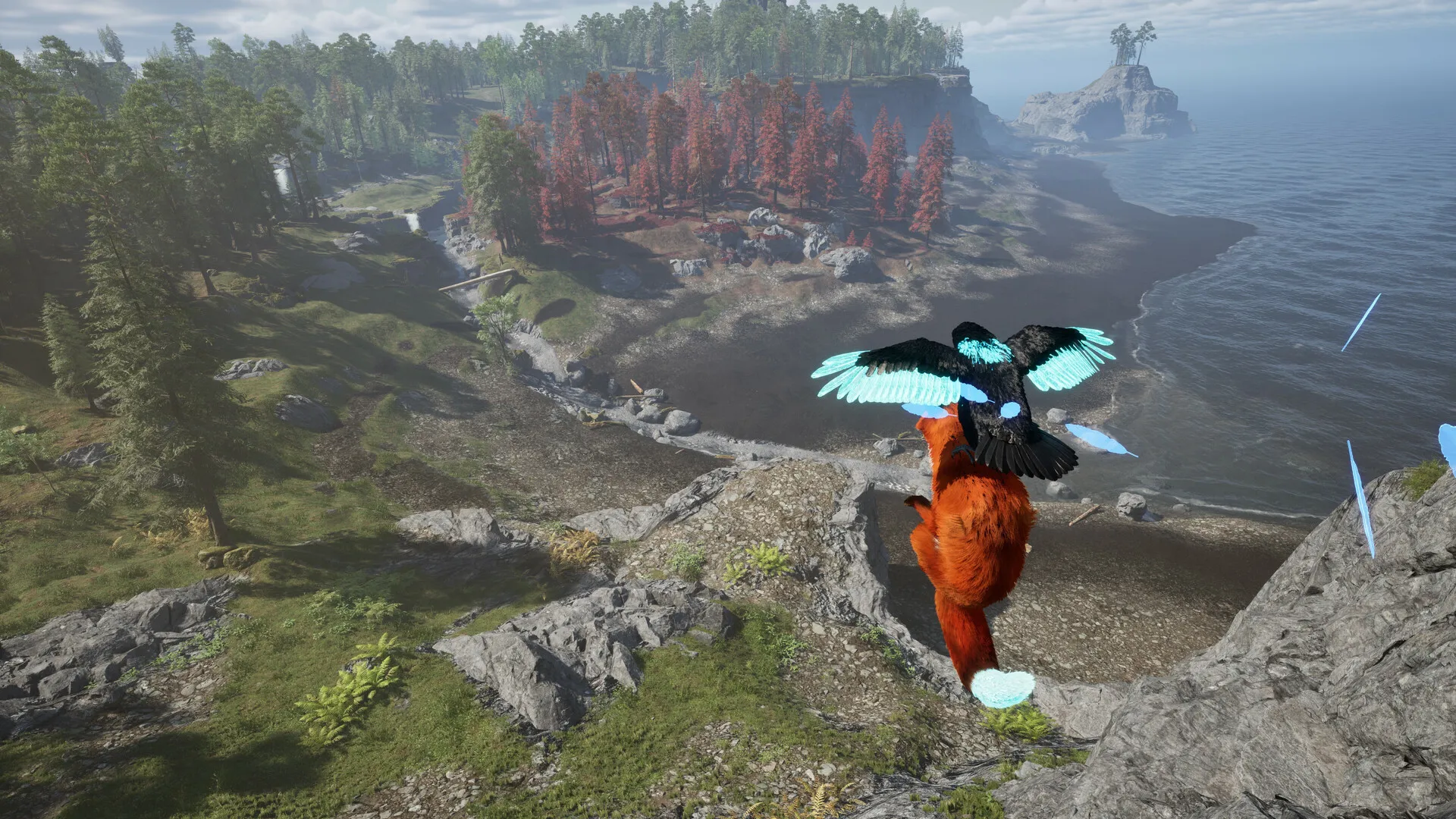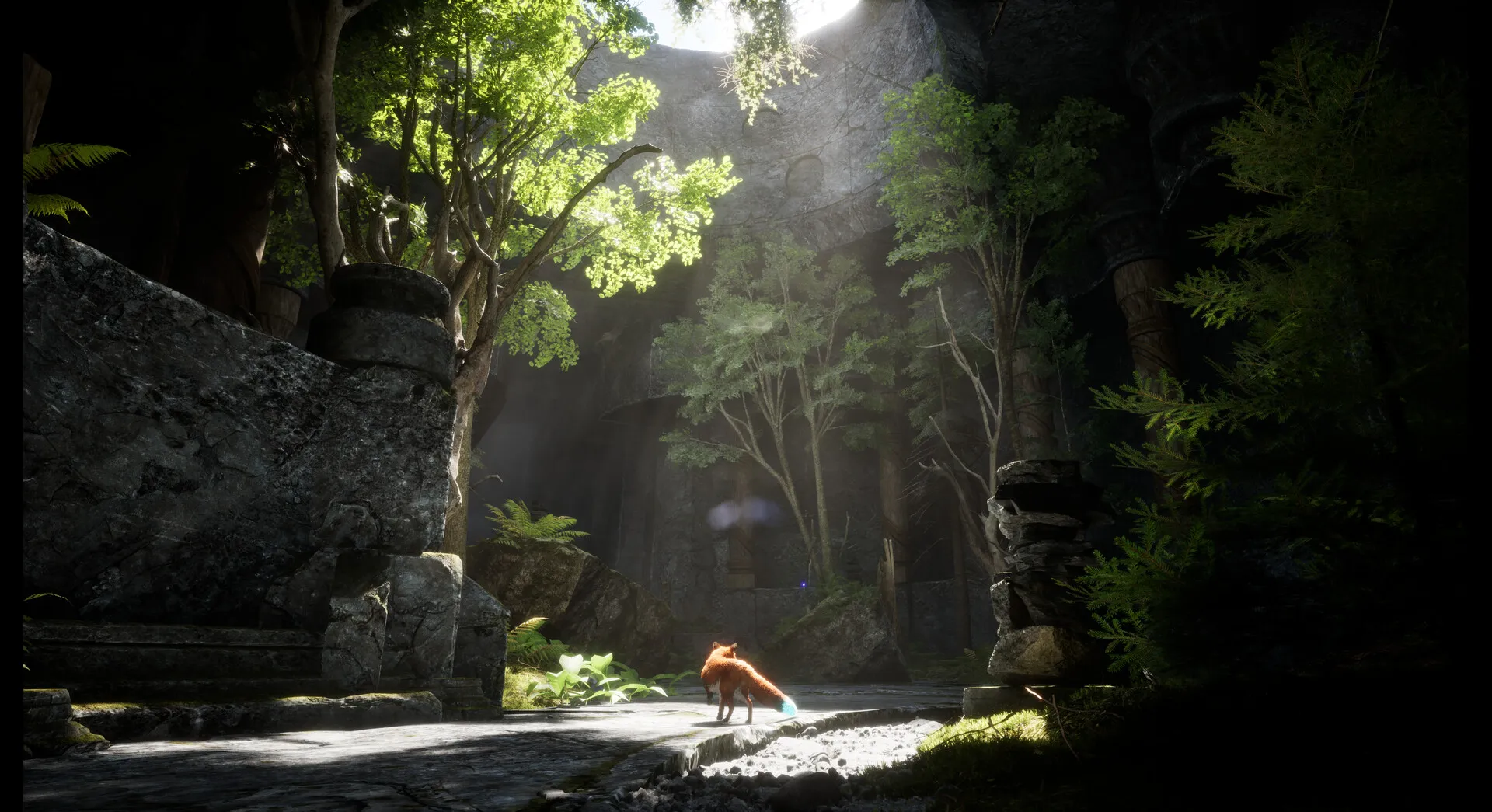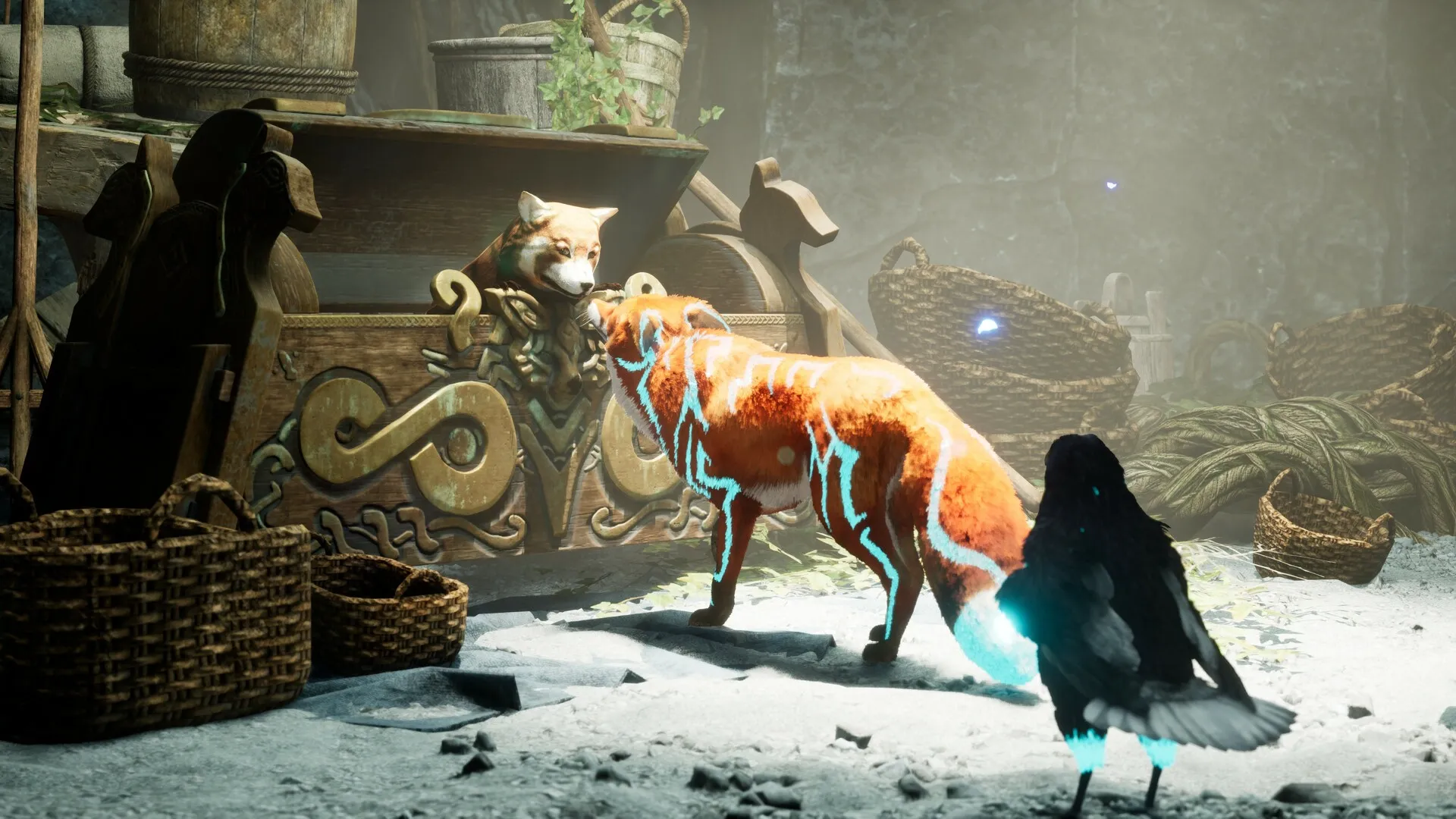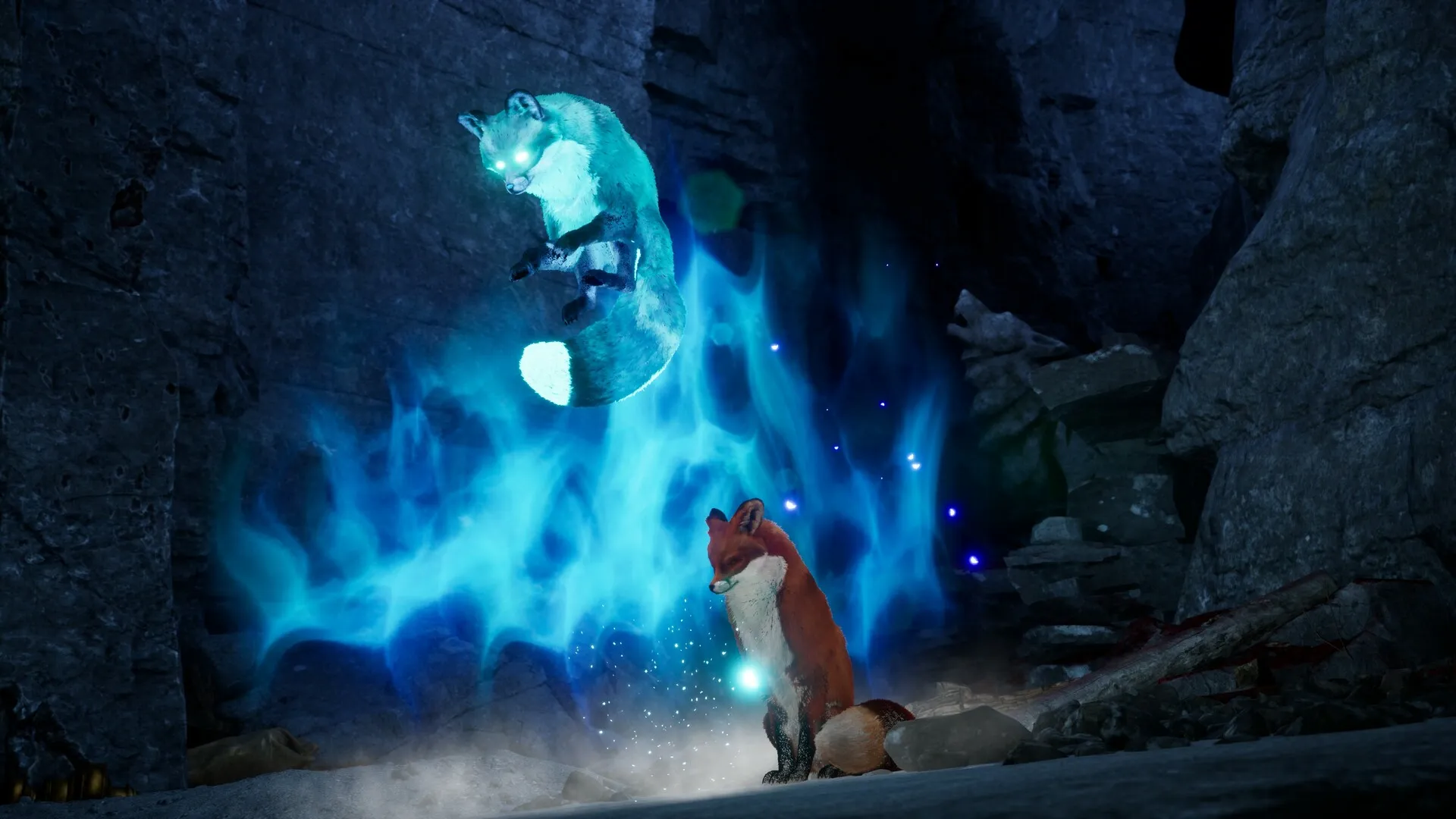Spirit of the North 2 returns players to a world shaped by Norse myth, placing them once again in the paws of a silent fox tasked with cleansing corruption unleashed by the dark shaman Grimnir. This sequel opens its gates to a sprawling landscape—where the first game led you along a fixed path, here you roam forests, snowfields and underground crypts in any order you choose. A raven companion remains at your side, guiding you toward ancient Guardians whose rescue drives the narrative forward.
Several features distinguish this entry. The runtime nearly doubles that of its predecessor, transforming a brief contemplative stroll into a dozen‑plus hours of exploration. Boss encounters now frame each region, shifting the focus from simple puzzle sequences to multi‑stage challenges that test both reflexes and spatial reasoning. Puzzle design also deepens, requiring you to juggle key‑carry tasks and environment‑based obstacles.
Built on Unreal Engine 5, the game runs on PC, PlayStation and Xbox platforms with dynamic lighting and weather effects that lend each biome its own character. While this review avoids major spoilers, it will chart how open‑world freedom and episodic boss battles reshape the fox’s journey into something at once meditative and unexpectedly demanding.
Narrative & World‑Building
The world of Spirit of the North 2 opens on a land scarred by Grimnir’s dark magic: twisted trees, collapsed stone archways and drifting ash hint at a civilization in ruin. Six biomes—ranging from mist‑shrouded highlands to frozen caverns—each shelter a Lost Guardian whose legend threads through that region’s environmental design. Just as Dark Souls ties its bosses to distinct arenas, here every Guardian looms over its domain, giving purpose to exploration and a clear through‑line to the overarching mythos.
Your avatar, a mute fox, arrives with only fur‑color and eye‑hue customization to distinguish it from other players’ journeys. The absence of spoken dialogue recalls Journey’s silent protagonist, yet Spirit of the North 2 deepens the bond by pairing you with a raven guide. This feathered companion not only perches to mark distant objectives but later unlocks co‑abilities—transforming from narrative compass into essential puzzle partner.
Storytelling unfolds without words. Fragmented murals carved into cavern walls, half‑buried pillars and sudden weather shifts convey Grimnir’s corrupting influence more potently than any cutscene. Scattered lore scrolls—often tucked behind optional puzzles or perched atop wind‑tossed cliffs—offer brief inscriptions that fill in cultural backstory, much like Horizon Zero Dawn’s data logs. Memory flash sequences interrupt boss fights to reveal the Guardians’ past traumas, striking a delicate balance between mystique and clarity.
Beneath this rich tapestry lies a steady emotional current: you feel the fox’s isolation in empty valleys, then share relief when a Guardian’s restoration bathes the sky in cleansing light. Throughout, the game explores solitude, redemption and nature’s ability to heal, using visuals and a quietly sweeping score to underscore each thematic turn.
Roaming the Open World
Spirit of the North 2 invites players into six distinct biomes—verdant glades, wind‑torn highlands, crystalline icefields, subterranean crypts and ember‑stained ashlands—each with its own visual signature. One moment you’re tracing winding streams through moss‑cloaked ruins, the next you’re edging along glittering snowdrifts under storm‑tossed pines. Yet amid these postcard‑worthy vistas, repeated stone huts and raccoon camps can feel prefab, undercutting the sense of discovery. It’s a contrast reminiscent of Xenoblade’s sprawling plains—stunning at first glance, but revealing repetitive architecture on closer inspection.
The map itself flows seamlessly between regions, foregoing loading screens for a unified terrain. Fast‑travel points—in the form of fox dens and towering obelisks—mirror the waypoint posts of open‑world staples like Assassin’s Creed, though you often unlock them by spending gems at raccoon merchants rather than by simply discovering them. Your raven companion doubles as a makeshift compass, swooping toward distant objectives, but its guidance can be inconsistent: sometimes it perches on the very rooftop you need, other times it hangs back, leaving you to guess which ridge to scale next.
Collectibles frame much of the gameplay. Spirit Wisps flutter across the map in clusters—you chase them in short flight sequences that occasionally feel more like padding than puzzle. Every dungeon door demands more Wisps than the last, pressuring you to scour fields and forests until your inventory creaks. Lore scrolls, hidden behind optional puzzles or tucked atop wind‑blasted crags, reward meticulous searchers with world‑building snapshots, akin to Horizon Zero Dawn’s data logs. Raccoon‑run treasure caches offer gems and cosmetic trinkets, though their locations follow predictable patterns.
This design treads a fine line between open‑ended freedom and aimless wandering. Vast stretches of terrain can appear empty until some landmark or obelisk draws you in. Without clear waypoints—or with too many Wisps gating progress—backtracking can sap momentum. In that sense, the world sometimes feels more chore than adventure, a pitfall shared with other large‑scale explorations that lack dense side activities. Yet when a hidden mural catches your eye or the raven finally swoops to indicate a secret cavern, the game’s scale still sparks genuine wonder.
Tactile Movement & Traversal
Spirit of the North 2 offers two jump modes: free‑form springing and an assisted “blue‑triangle” leap that locks you onto handholds. This dual system echoes Stray’s targeted jumps, yet here it can feel inconsistent—sometimes the icon vanishes just as you press leap, forcing a misstep. Climbing and simple gliding add verticality, but animations often feel stiff, with the fox’s movements lacking the fluid grace of titles like Ori and the Blind Forest. While environmental interaction—pawing at ledges, nudging objects—grounds the world in realism, the character’s gait still carries a subtle wooden quality that reminds you of the engine’s early‑access roots.
Environmental puzzles range from positioning reflective stones to align light beams, to stepping on pressure pads in rhythm. Early brain teasers are forgiving—slide one block, press a switch—before escalating into chained tasks that demand key items carried in the fox’s mouth. These item‑based puzzles recall Rime’s object retrieval but introduce anxiety: lose an artifact on death, and you may retrace corridors to reclaim it. The difficulty curve sways between trivial detours and more elaborate multi‑stage sequences, creating a push‑and‑pull where an elegant solution suddenly blooms into a chore if you misplace a crucial piece.
Boss fights avoid button‑mashing in favor of puzzle mechanics. Each Guardian encounter layers pattern recognition, timing windows and rune‑powered abilities—cleanse a corrupted stag by guiding light shards through hoops, for example. This approach sits closer to The Pathless than traditional combat, yet spikes in difficulty can frustrate: respawning mid‑fight sometimes glitches animations or even stalls a boss’s attack cycle, forcing full restarts. Those who relish methodical encounters will welcome the variety; others may find the trial‑and‑error loops taxing.
Your raven companion evolves from passive guide to active co‑star. Early on, it merely perches to mark distant objectives; as you progress, crow‑specific runes unlock abilities that clear obstacles or reveal hidden pathways. Switching fox and raven runes via the menu creates strategic depth, though frequent swapping can interrupt pacing—a delicate balancing act between freedom and menu management.
Checkpoints function like bonfires: once you rest at a den, death returns you there, though some players report respawn inconsistencies that reset progress. The HUD offers clear Wisp counters, map fog‑of‑war and objective markers, but clutter can build when multiple waypoints compete for attention. Inventory indicators for collected Wisps and scrolls help prevent accidental over‑collection, yet a more streamlined fast‑travel menu might better harness the game’s open-world ambition.
Progress & Personal Touch
Spirit Wisps serve as the key to each dungeon, flitting across fields in glowing clusters that trigger brief chase sequences. You can carry only a limited number at once, and any excess must be banked at fox dens—otherwise death scatters them back into the wild. While these collect‑and‑chase loops encourage map traversal, they occasionally ring hollow, resembling filler content in open-world staples like Assassin’s Creed rather than purposeful discovery.
Runes introduce deeper strategy. Separate slots for fox‑specific and raven‑specific abilities let you mix traversal boosts (double jumps, spirit dashes) with utility perks (scroll detectors, gem magnets). Swapping runes on the fly adds a layer of tactical choice: equipping a gliding rune to reach distant cliffs, then swapping to a light‑beam rune for puzzles. This system echoes The Pathless’s talisman loadouts but with more menu‑driven juggling.
Gems—found in chests and sold by raccoon merchants—fuel a modest skill tree. You can invest in health, spirit energy or increased gem yields, while cosmetic options unlock new fur patterns, eye hues and raven feathers. Yet farmed gems can feel scarce when scattered sparsely, especially given their loss on untimely deaths without prior deposit.
Cosmetic customization offers genuine personality, but its gameplay impact is uneven. While a personalized fox may boost immersion, only runes and skill‑tree investments tangibly affect your journey. Striking the right balance between self‑expression and mechanical reward remains an ongoing design challenge.
Audio‑Visual Presentation
Spirit of the North 2 leverages Unreal Engine 5 to deliver dynamic lighting and high‑fidelity textures. Sunbeams filter through forest canopies with realistic god‑rays, while particle effects—drifting embers in volcanic ashlands or swirling snow in mountain passes—heighten immersion. Day/night cycles and weather shifts echo the visual depth found in Abzû, yet the reuse of stone huts and camp structures can undercut those standout vistas, creating occasional moments where the world feels recycled rather than freshly crafted.
Sonically, Pav Gekko’s score remains restrained during open exploration—subtle strings and ambient tones that recall Journey’s minimalist approach—but swells into layered percussion and urgent motifs during boss encounters. Environmental ambiance, from distant bird calls to crackling fires in fox dens, weaves seamlessly with UI cues like spirit‑wisp chimes. However, the experience is marred by intermittent audio drop‑outs: music sometimes vanishes after a dungeon death, and rain effects crackle with static, breaking the carefully built atmosphere.
The HUD balances clarity and clutter. A fog‑of‑war map reveals regions as you unlock obelisks, mirroring The Legend of Zelda: Breath of the Wild’s discovery mechanics, though overlapping question‑mark icons can obscure newly revealed areas. Tooltips for Wisps, runes and lore scrolls are concise, yet the rune‑swapping menu feels sluggish when you must toggle abilities mid‑puzzle. A streamlined radial menu or hotkey system might better support on‑the‑fly adjustments without pulling you out of the moment.
Technical Performance & Polish
Spirit of the North 2 generally maintains a stable frame rate on PC and consoles, hovering around 60 fps in open biomes and dipping only modestly during particle‑heavy weather events—far more consistent than comparable open‑world explorations like The Pathless, which often suffers stutter in dense foliage. World streaming eliminates most loading screens, but fast‑travel transitions to fox dens still introduce noticeable hitches. Despite a handful of day‑one hotfixes, patch notes remain sparse, leaving some players unsure if fixes are forthcoming.
Yet a surprising array of bugs punctuates the experience. Invisible walls and unrendered textures occasionally mar scenic vistas, echoing the spawn issues found in early versions of Abzû. Lighting glitches can black out entire rooms after a failed boss attempt, forcing blind button‑searches to reenter arenas. Character animations sometimes freeze—most notoriously when a Guardian boss stalls in its final phase—necessitating a full game restart. Audio drop‑outs are equally jarring: music may vanish mid‑dungeon, or environmental sounds loop in staticky bursts, undermining immersion.
The checkpoint system follows a “bonfire” model: resting at a den resets your restart point, but inconsistent respawns have, in some cases, sent players back nearly an hour’s progress. Such setbacks can erode motivation, particularly when Wisps or key items are left unbanked.
A focused suite of patches could address stability and asset‑streaming issues, while QoL improvements—such as clearer tutorial prompts and a filterable map interface—would better support the game’s ambitious open world.
The Review
Spirit Of The North 2
Spirit of the North 2’s radiant landscapes and thoughtful puzzles offer genuine moments of magic, but its open‑world padding, occasional “blue‑triangle” jank and persistent bugs hold it back. The emotive score and inventive boss encounters shine, yet technical hiccups and aimless stretches undermine momentum. A visually arresting experience that often feels half‑baked.
PROS
- Breathtaking biomes with dynamic lighting and weather
- Thoughtful environmental puzzles and rune customization
- Emotive, evolving soundtrack that enhances mood
- Puzzle‑focused boss encounters offer variety
- Seamless world streaming with minimal load screens
CONS
- Frequent bugs: lighting glitches, audio drop‑outs, animation stalls
- Open‑world padding feels repetitive at times
- Inconsistent “blue‑triangle” jump prompts
- Checkpoint respawns can reset significant progress
- Spirit Wisp collect‑and‑chase loops sometimes feel like busywork














